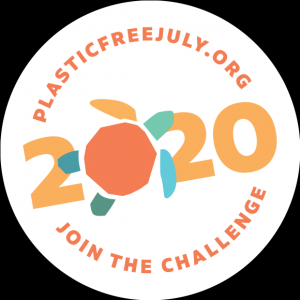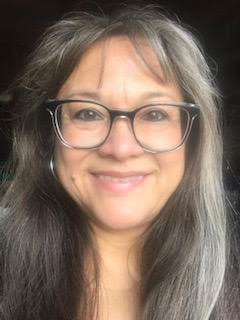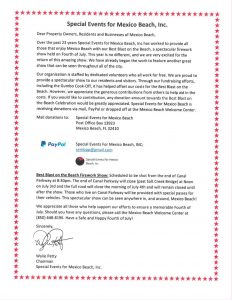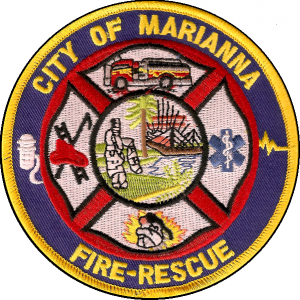In 2011, the Plastic Free Foundation started the annual Plastic Free July in Australia. The month is all about assessing and fighting the global dependence on plastic through individual and collective action. It has grown to be one of the most influential environmental campaigns in the world. Millions of people across the globe take part every year by committing to reducing plastic pollution during July, and usually far beyond the end of the month. It is an opportunity to learn about the devastating effects of plastic dependence on the world – plastic effects everything from a person’s health to the health of the ocean to the harmful chemicals we absorb through the air and more.
The website plasticfreejuly.org, offers a wonderful wealth of information. The website can be used to share resources, ideas, and stories to better help people reduce the single-use plastic waste in their homes and communities. It even offers inbuilt evaluation tools to help participants discover where excess, single-use plastics exist in their life and measure their success throughout the month at reducing their plastic use. Additionally, it allows both individual users AND the Plastic Free Foundation to track the trends in the common plastics that households use and create more effective methods of reducing these plastics.










